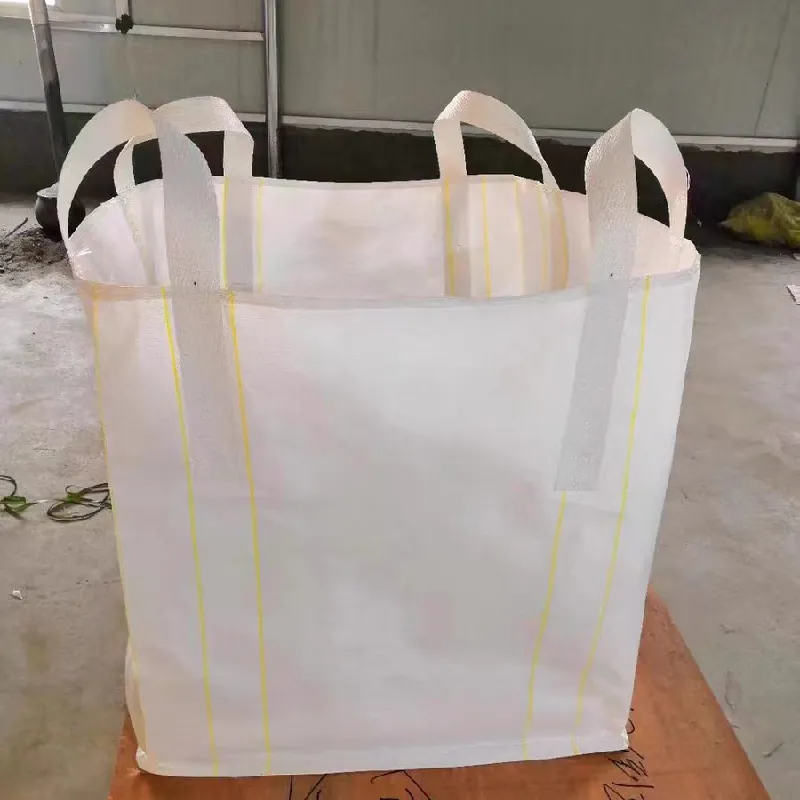-
 Afrikaans
Afrikaans -
 Albanian
Albanian -
 Amharic
Amharic -
 Arabic
Arabic -
 Armenian
Armenian -
 Azerbaijani
Azerbaijani -
 Basque
Basque -
 Belarusian
Belarusian -
 Bengali
Bengali -
 Bosnian
Bosnian -
 Bulgarian
Bulgarian -
 Catalan
Catalan -
 Cebuano
Cebuano -
 China
China -
 Corsican
Corsican -
 Croatian
Croatian -
 Czech
Czech -
 Danish
Danish -
 Dutch
Dutch -
 English
English -
 Esperanto
Esperanto -
 Estonian
Estonian -
 Finnish
Finnish -
 French
French -
 Frisian
Frisian -
 Galician
Galician -
 Georgian
Georgian -
 German
German -
 Greek
Greek -
 Gujarati
Gujarati -
 Haitian Creole
Haitian Creole -
 hausa
hausa -
 hawaiian
hawaiian -
 Hebrew
Hebrew -
 Hindi
Hindi -
 Miao
Miao -
 Hungarian
Hungarian -
 Icelandic
Icelandic -
 igbo
igbo -
 Indonesian
Indonesian -
 irish
irish -
 Italian
Italian -
 Japanese
Japanese -
 Javanese
Javanese -
 Kannada
Kannada -
 kazakh
kazakh -
 Khmer
Khmer -
 Rwandese
Rwandese -
 Korean
Korean -
 Kurdish
Kurdish -
 Kyrgyz
Kyrgyz -
 Lao
Lao -
 Latin
Latin -
 Latvian
Latvian -
 Lithuanian
Lithuanian -
 Luxembourgish
Luxembourgish -
 Macedonian
Macedonian -
 Malgashi
Malgashi -
 Malay
Malay -
 Malayalam
Malayalam -
 Maltese
Maltese -
 Maori
Maori -
 Marathi
Marathi -
 Mongolian
Mongolian -
 Myanmar
Myanmar -
 Nepali
Nepali -
 Norwegian
Norwegian -
 Norwegian
Norwegian -
 Occitan
Occitan -
 Pashto
Pashto -
 Persian
Persian -
 Polish
Polish -
 Portuguese
Portuguese -
 Punjabi
Punjabi -
 Romanian
Romanian -
 Russian
Russian -
 Samoan
Samoan -
 Scottish Gaelic
Scottish Gaelic -
 Serbian
Serbian -
 Sesotho
Sesotho -
 Shona
Shona -
 Sindhi
Sindhi -
 Sinhala
Sinhala -
 Slovak
Slovak -
 Slovenian
Slovenian -
 Somali
Somali -
 Spanish
Spanish -
 Sundanese
Sundanese -
 Swahili
Swahili -
 Swedish
Swedish -
 Tagalog
Tagalog -
 Tajik
Tajik -
 Tamil
Tamil -
 Tatar
Tatar -
 Telugu
Telugu -
 Thai
Thai -
 Turkish
Turkish -
 Turkmen
Turkmen -
 Ukrainian
Ukrainian -
 Urdu
Urdu -
 Uighur
Uighur -
 Uzbek
Uzbek -
 Vietnamese
Vietnamese -
 Welsh
Welsh -
 Bantu
Bantu -
 Yiddish
Yiddish -
 Yoruba
Yoruba -
 Zulu
Zulu
Exploring the Benefits and Challenges of Rack Netting Systems in Modern Warehousing
The Importance of Rack Netting in Modern Warehousing
In the fast-paced world of logistics and supply chain management, the need for efficient storage solutions is paramount. Among various methodologies used to optimize storage space, rack netting has emerged as a vital component in modern warehousing. This innovative technique not only enhances organization but also significantly improves safety and accessibility within storage environments.
Rack netting refers to the use of durable nets or mesh materials that are secured onto racking systems. These nets serve primarily to prevent items from falling off shelves during storage and transportation, thereby reducing damage and enhancing workplace safety. In warehousing, where heavy and sometimes hazardous items are stacked, the potential for accidents is considerable. By employing rack netting, companies can mitigate risks associated with falling objects, which can lead to costly injuries or damages.
One of the key benefits of rack netting is its ability to maximize space utilization within a warehouse
. Traditional storage methods often leave gaps between pallets or are inefficiently organized, leading to wasted space. Rack netting allows for denser stacking of items, as it effectively secures products in place. This increased density not only enhances the capacity of the warehouse but also makes it easier for employees to locate and retrieve items, subsequently improving operational efficiency.rack netting

Additionally, rack netting contributes to inventory management. In a bustling warehouse environment, it’s essential to keep track of various items efficiently. Mesh netting allows for clear visibility of stored products, making it easier for staff to perform inspections or count inventory without having to move items. This transparency not only speeds up inventory audits but also ensures that the right products are easily accessible, thus reducing retrieval times and improving overall workflow.
Another critical aspect of rack netting is its versatility. It can be customized to fit various types of racking systems, whether they are pallet racks, shelving units, or specialized storage solutions. This adaptability means that businesses of all sizes and sectors can implement rack netting to meet their unique storage needs. Furthermore, the material used in rack nets is often resistant to wear and tear, ensuring that they can withstand the rigors of a busy warehouse environment.
Moreover, environmental considerations are becoming increasingly relevant in today’s business landscape. Many manufacturers now offer eco-friendly rack netting options made from recycled materials, appealing to businesses that prioritize sustainability. By choosing such products, companies not only enhance their storage capabilities but also contribute positively to their corporate social responsibility initiatives.
In conclusion, rack netting plays an indispensable role in modern warehousing by promoting safety, enhancing space utilization, improving inventory management, and allowing for versatility and environmental consciousness. As the logistics and warehousing industries continue to evolve, implementing effective storage solutions like rack netting will become increasingly critical. For businesses looking to streamline operations and enhance safety protocols, investing in rack netting is a practical and forward-thinking choice that addresses both current challenges and future needs in warehouse management.
-
Shipping Plastic Bags for Every NeedNewsJul.24,2025
-
Safety Netting: Your Shield in ConstructionNewsJul.24,2025
-
Plastic Mesh Netting for Everyday UseNewsJul.24,2025
-
Nylon Netting for Every UseNewsJul.24,2025
-
Mesh Breeder Box for Fish TanksNewsJul.24,2025
-
Expanded Steel Mesh Offers Durable VersatilityNewsJul.24,2025











